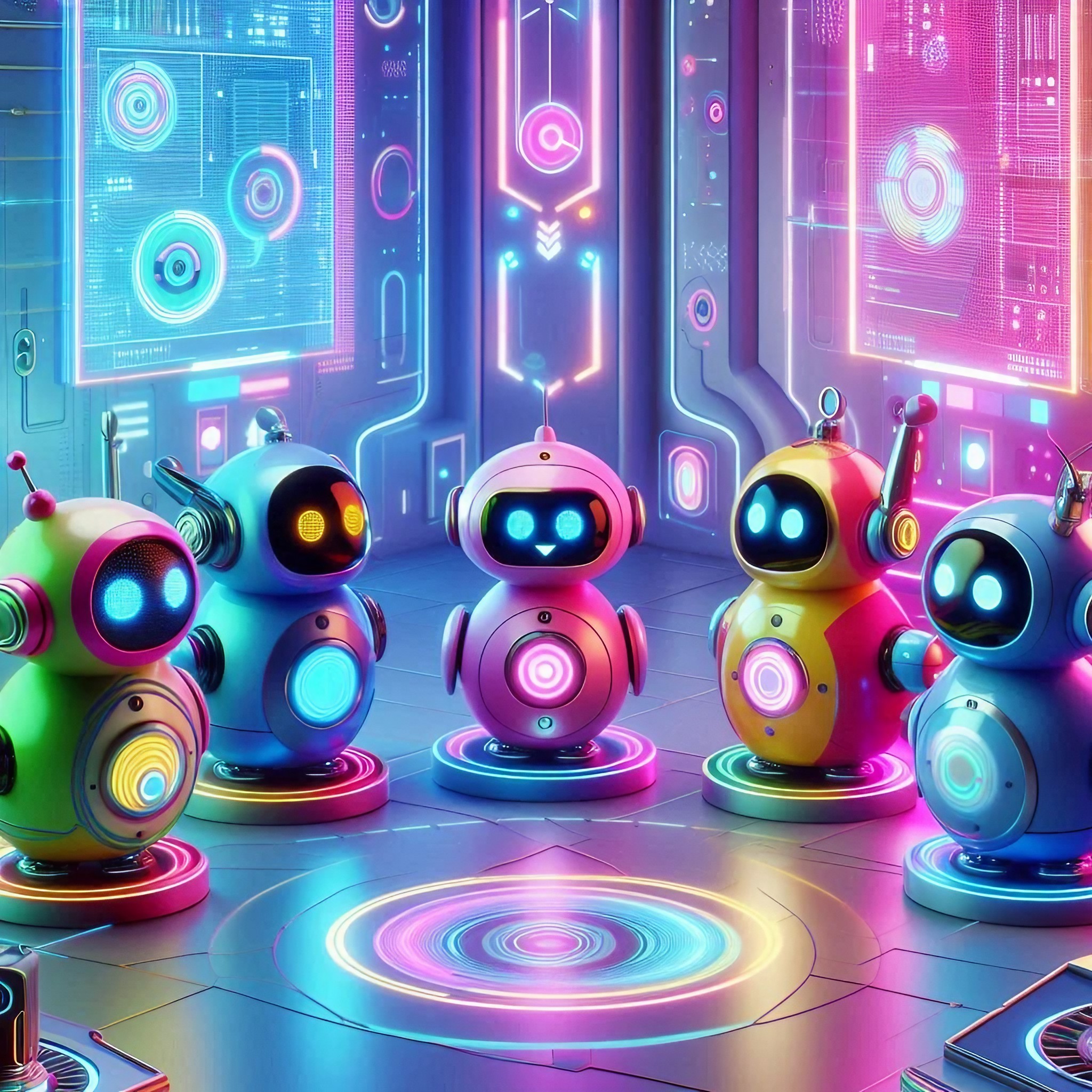The journey of AI and speech technology
Leaders in what was then called “artificial intelligence” convened in 1958 to talk about “The Mechanization of Thought Processes.” Decades of study and development were preceded by the talks that began with this meeting about building machines that were capable of thinking and speaking.
According to this article, artificial speech was an ongoing effort before the advent of electronic computers. Early attempts included mechanical contraptions meant to mimic human anatomy, but development stagnated until sound itself was studied by scientists. Speech synthesis advancements were eventually brought about by this change in strategy.
Though primarily geared toward helping the deaf, Alexander Graham Bell’s research on speech and hearing made a significant contribution to the advancement of voice technology. The invention of the telephone in 1876 (started by Antonio Meucci with the invention of the telectrophone and later developed by Bell as the telephone) was a pivotal moment in the evolution of human speech communication.
Engineer Homer Dudley achieved great strides at Bell Labs, which was established in 1925, with the Vocoder and Voder, devices that could synthesize and analyze speech. These advancements, together with Claude Shannon’s groundbreaking work in information theory, set the foundation for contemporary voice technology and data compression methods that are vital to computers.
During the 1940s and 1950s, the fields of artificial intelligence and voice technology research started to come together as electronic computers gained popularity. Future advancements were paved for by the 1956 Dartmouth Conference, which was organized by Claude Shannon and Marvin Minsky and officially introduced the phrase “artificial intelligence.”
In popular culture, talking computers were frequently depicted as frightening creatures in science fiction from the Cold War era, such as HAL 9000 in “2001: A Space Odyssey.” Voice technology did, however, find additional useful uses as it developed. Concerns with gender stereotypes in technology arose when automated voice systems started to replace human operators in a variety of service industries. These systems frequently used female voices.
Talking machines have advanced to the point that ChatGPT’s speech modes and Siri, Alexa, and other modern AI assistants represent the state of the art. These systems integrate advanced speech recognition, natural language processing, and speech synthesis to offer more natural and interactive experiences. However, they also bring up moral questions around deceit, privacy, and the nature of human-machine interaction.
There are new issues associated with the development of voice cloning technology and emotionally intelligent conversational agents (EICAs). Concerns are raised regarding misuse possibilities, the blurring lines between human and machine communication, and the psychological fallout from engaging with AI that is becoming more and more like humans.
As speech and AI technologies develop, society must consider both the advantages and disadvantages of these emerging fields. Once the domain of science fiction, the ability to build talking and thinking computers is now a reality that requires careful examination of its consequences for human relationships, ethics, and privacy.
The evolution of artificial intelligence assistants from mechanical ducks to contemporary models illustrates technological advancements and changing ideas about intelligence, communication, and humanity. We need to create frameworks to ensure talking machines’ responsible usage and social integration as they become more advanced.
The boundaries between the real and artificial are becoming increasingly blurred today. It is therefore getting ever more complex to decipher reality. Thus, as AI devices become more and more advanced and used in innumerable fields, we will certainly need to equip ourselves with additional tools that allow us to decipher what is real and what is not.


